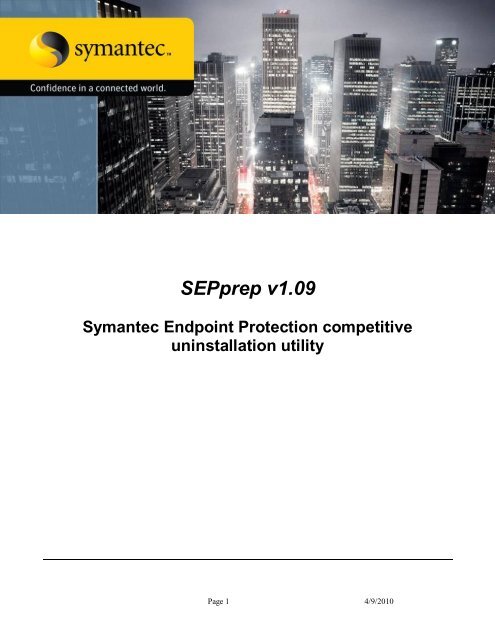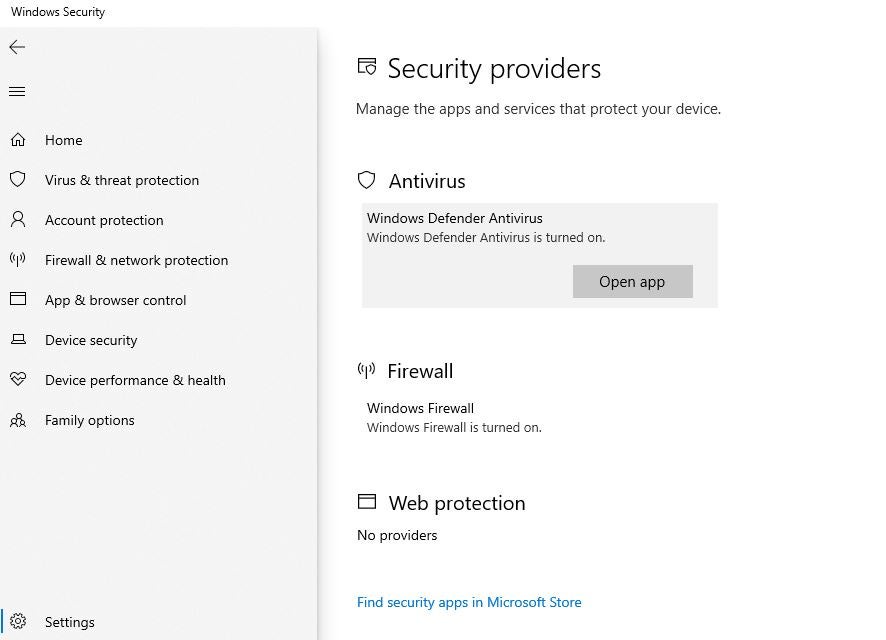

or its affiliates in the United States and other countries. NortonLifeLock, the NortonLifeLock Logo, the Checkmark Logo, Norton, LifeLock, and the LockMan Logo are trademarks or registered trademarks of NortonLifeLock Inc. LifeLock identity theft protection is not available in all countries. Want to learn more? See Defender for Endpoint.The Norton and LifeLock Brands are part of NortonLifeLock Inc. Threat hunting services provide security operations teams with expert level monitoring and analysis, and to help ensure that critical threats aren't missed. Threat hunting service (Microsoft Threat Experts) Next-generation protection includes Microsoft Defender Antivirus to help block threats and malware.Įndpoint detection and response capabilities detect, investigate, and respond to intrusion attempts and active breaches.Īdvanced hunting capabilities enable your security operations team to locate indicators and entities of known or potential threats.īehavioral blocking and containment capabilities help identify and stop threats, based on their behaviors and process trees even when the threat has started execution.Īutomated investigation and response capabilities examine alerts and take immediate remediation action to resolve breaches. Threat & vulnerability management capabilities help identify, assess, and remediate weaknesses across your endpoints (such as devices).Īttack surface reduction rules help protect your organization's devices and applications from cyberthreats and attacks. The following table summarizes features and capabilities in Defender for Endpoint. Defender for Endpoint is a unified platform for preventative protection, post-breach detection, automated investigation, and response. However, Defender for Endpoint includes much more than antivirus and endpoint protection. In this migration guide, we focus on next-generation protection and endpoint detection and response capabilities as a starting point for moving to Defender for Endpoint. What's included in Microsoft Defender for Endpoint? Make sure that Defender for Endpoint working correctly. Uninstall your existing endpoint protection solution.Ħ. Get updates for Microsoft Defender Antivirus.ĥ. Confirm that Microsoft Defender Antivirus is running in passive mode.Ĥ. Onboard your devices to Defender for Endpoint.ģ.

Configure your antimalware policies and real-time protection settings.ġ. Set up your device groups, collections, and organizational units.Ħ. Add your existing solution to the exclusion list for Microsoft Defender Antivirus.ĥ. Add Defender for Endpoint to the exclusion list for your existing solution.Ĥ. Enable/reinstall Microsoft Defender Antivirus, and set it to passive mode.ģ. Configure your device proxy and internet settings to enable communication between your organization's devices and Defender for Endpoint.ġ. Plan roles and permissions, and grant access to the Microsoft 365 Defender portal.Ĥ. The process of migrating to Defender for Endpoint can be divided into three phases, as described in the following table:ģ. Finally, you remove the non-Microsoft solution.

Next, you configure your endpoint protection features, set Microsoft Defender Antivirus to active mode, and verify that everything is working correctly. Then, you configure Microsoft Defender Antivirus in passive mode, and onboard your devices to Defender for Endpoint. When you make the switch to Defender for Endpoint, you begin with your non-Microsoft antivirus/antimalware protection in active mode. This article describes the overall process of moving to Defender for Endpoint. If you are considering switching from a non-Microsoft endpoint protection solution to Microsoft Defender for Endpoint (Defender for Endpoint), or you are in the planning phase, use this article as a guide.


 0 kommentar(er)
0 kommentar(er)
